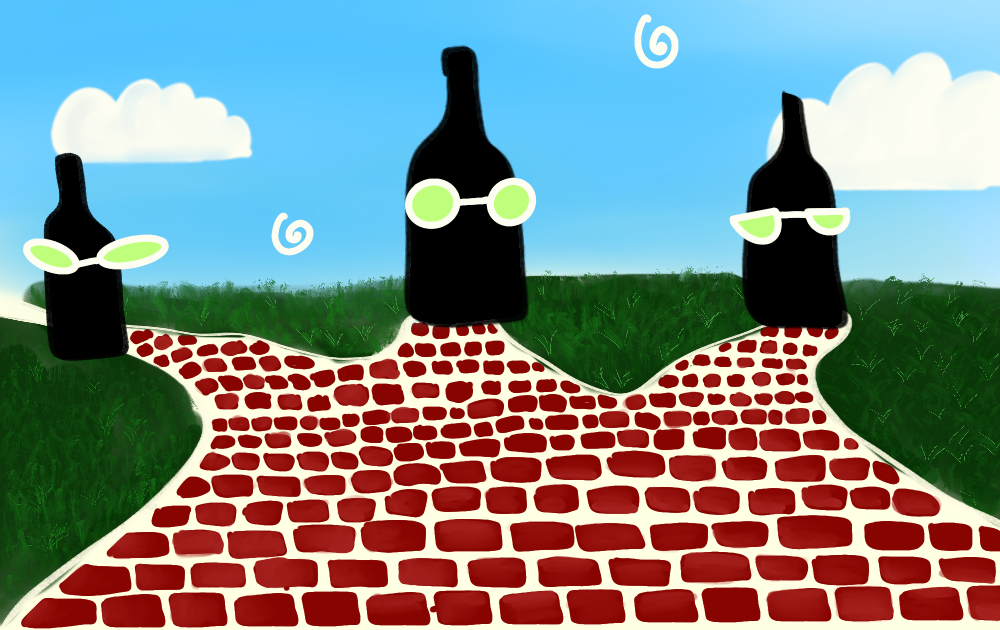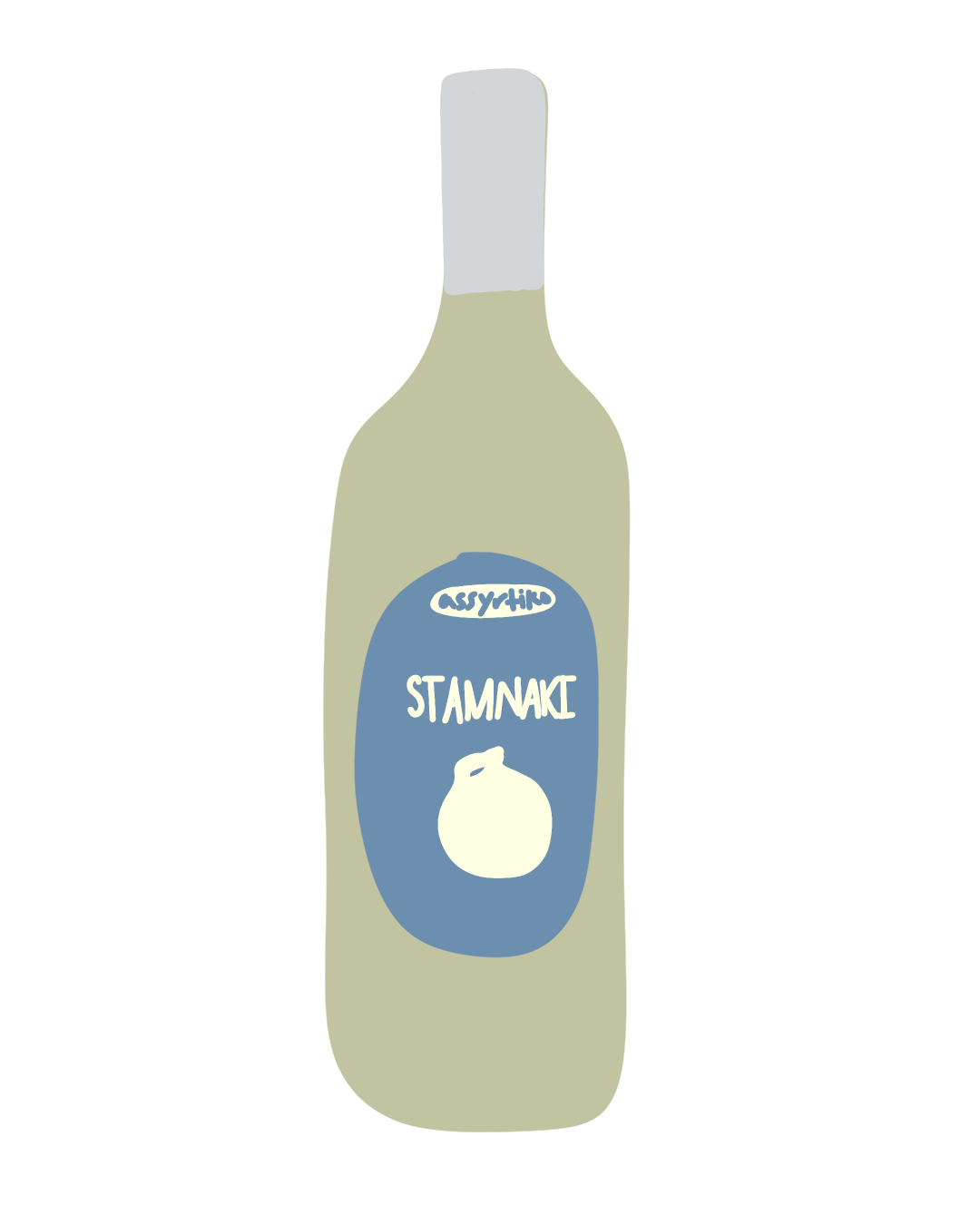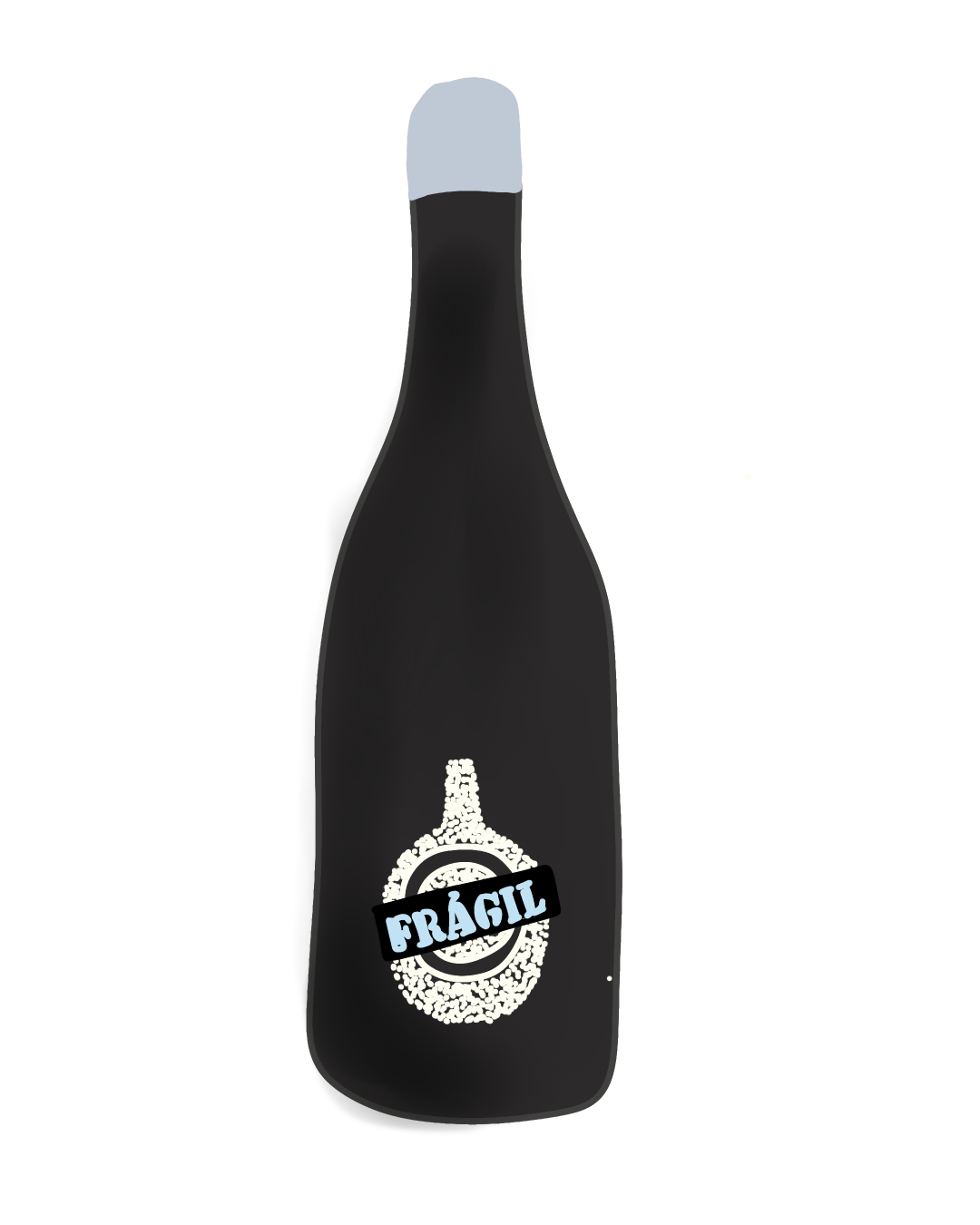Beyond Sauvignon Blanc: Discovering Its Three Alter Egos
Written by Darby Wagner
Sauvignon blanc is grown all over the world—from the Old World to the New World—and thus contains a variety of expressions and characteristics, many that go beyond its French origins. Remember, a wine is not made from a grape alone, but from its entire terroir, which involves a number of factors, i.e. elevation, sun exposure, soil types, microclimates, viticultural practices, winemaking techniques, cultural traditions, the humans and animals that tend to the vineyards, fermentation and aging processes, so on and so forth. A wine, when made with respect for the land and the entire winemaking process, is a comprehensive work of art. A wine like Cupcake, not so much.
Despite its presence in different parts of France, sauvignon blanc is perhaps most famously recognized (at least here in the U.S.) in the wines of Sancerre. Mineral, herbaceous, elegantly dry, with notes that span from vegetal (e.g. asparagus and peas) to tropical (e.g. passionfruit and mango), these are wines that exude a familiar typicity–in other words, a signature style. Other tasting notes like gooseberries, fresh cut grass, or the notorious “cat piss” are also commonly found in sauvignon blancs from the Loire Valley. Not the most important detail in the world, but if you’re into genealogy, or, in the case of wine, ‘ampelography’ (which is essentially the art and science of vine identification), savagnin from the Jura is a parent of sauvignon blanc. Take that to trivia.
Loire Valley, France
It’s no wonder Sancerre gets all the attention when it comes to French sauvignon blanc: its location is quite literally in the heart of France. Geographically speaking, Sancerre is in the easternmost region of the Loire Valley—closer to Chablis and Champagne than most other sub-appellations of the Loire. Because of the 300+ mile distance from the Atlantic coast, the climate is more continental than coastal.
But what is it that gives sauvignon blancs from the Loire Valley its supposed typicity? It's all about the soil. The Loire has an assortment of them. Towards the west, the soils are a mixture of clay and limestone, making for more powerful and fruit driven wines. In Sancerre proper, gravel is more prevalent, and with limestone in the mix, we get more delicate expressions of sauvignon blanc. Looking for smoky and mineral? Look no further than the hills near Sancerre where flint (or ‘silex’) runs rampant. Flintiness in a wine often equates to a distinct form of minerality…not quite the ‘wet stone’ type that is often associated with sauvignon blancs from Marlborough, New Zealand.
Sauvignon blancs from the Loire are all vinified in stainless steel tanks (or a neutral vessel like cement) and don’t see oak at any point. This part is key.
Noteworthy sub-appellations: Pouilly-Fumé and Touraine (Loire); Entre-des-Mers and Grave (Bordeaux)
Sauvignon blanc is no one-trick pony. Like other aromatic varietals (take chardonnay or riesling, for example), sauvignon blanc offers a litany of expressions that extend far beyond mango, cat piss or wet stone. Some winemakers lean more experimental, while others maintain their allegiance to long standing traditions—where vinifying sauvignon blanc in anything other than stainless steel they consider sacrilegious. Fortunately, the wine world has evolved and experimentation has become not only more common, but encouraged. With that in mind, if you find yourself deferring to sauvignon blanc from Sancerre (oftentimes seen as the traditional expression of sauvignon blanc), here are three great alternatives.
Assyrtiko
Greece’s prized (and most popular) indigenous white grape, assyrtiko, SLAYS. I don’t care how millennial that sounds. It’s true.
Birthplace: Santorini, which means volcanic soil, which means, texture. She’s lean, she’s layered, she’s smoky.
Assyrtiko wines from Santorini tend to be more concentrated, more mineral-driven and textural than assyrtiko wines of the Peloponnese or Central Greece, which carry more weight and primary fruit flavors.
Unlike the sauvignon blancs of Sancerre, assyrtiko can be vinified and matured in stainless steel or oak.
Müller-Thurgau
This grape is more commonly seen in blends, but when given the chance to shine on its own, müller-thurgau [moo-lur tur-gow] does not disappoint. I love this grape. I also love to say moo-luh tur-gow in my best German accent.
Of German origins, the grape was actually born in the late 19th century at the Geisenheim Grape Breeding Institute by Hermann Müller from the Swiss Canton of Thurgau, hence its name. It’s a crossing of riesling and madeleine royal.
It’s kind of crazy how much this grape has taken off in such a short amount of time, which is part of the reason why I chose it because, a) it’s grown all over the world, from Japan to Canada, and b), is now considered “the most widely planted of the ‘new-breeds’ of grapes since the 19th century.”
Müller-thurgau boasts a range of flavors, of course, depending on where it’s grown: from rose petals and peach to citrus and more mineral-driven profiles.
An early ripening grape known for its ability to produce high yields, it can (sad face) be a bit of a workhorse grape, used by larger wineries to produce bulk wine largely bereft of acid and its true assortment of flavors. Fortunately, however, there are plenty of smaller producers working with the variety who practice more conscious viticulture, making for lower yields and thus more concentrated, delectable expressions of the grape.
Verdejo
Spanish wine is making a comeback. The whole Iberian peninsula is for that matter (shout out to Portugal <3.) Northwest of Madrid, we find the wine appellation of Rueda in the greater Castilla y Leon region. Enter: verdejo [ver-day-ho], a wine with origins in Northern Africa but has been growing in Rueda for over 1,000 years.
Verdejo is a bit of a softy, and more perfumed than its friend assyrtiko. Voluptuous, these wines err on the fuller side, but I wouldn’t go as far to call them rich or heavy. Traditionally-speaking, the grapes are harvested at night, which helps retain their freshness and acidity and makes for a more balanced wine.
Rueda benefits from a continental climate (hot summers and cold winters) and the soils are rockier in nature with limestone and iron in the mix.
There are the lean and minerally expressions of verdejo, very light and zippy, and then the more medium-to-fuller-bodied and smoky expressions of the grape, where the use of oak (whether in fermentation, aging or oxidative techniques) allows a whole new side of the grape to shine. Think lemon curd meets sherry.
Because of verdejo’s versatility, it also makes for an epic wine to pair with a wide variety of foods, from fish tacos to spicy curries. Us wine and food people love our options.




